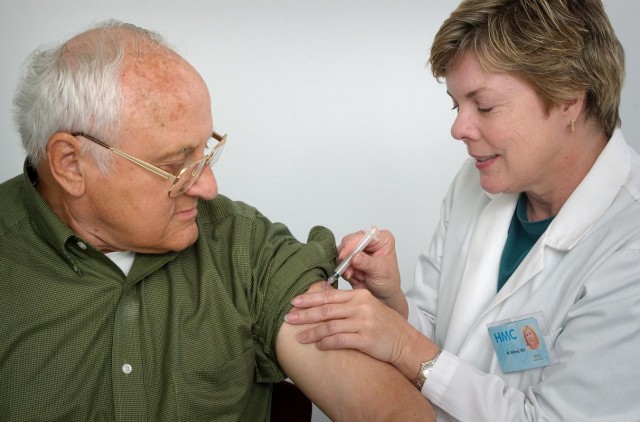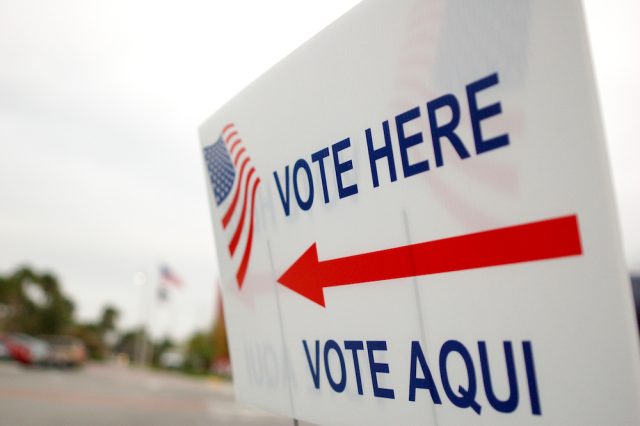
(credit: Credit: JJ Harrison, via Wikimedia)
Malaria is a leading cause of disease and death in tropical and subtropical regions. Use of insecticidal nets, which are draped over beds while people sleep, has significantly reduced the incidences of malaria, along with the population of mosquitoes that transmit this disease. Unfortunately, long-term use of insecticides has led to the evolution of a mosquito population that is immune to insecticides.
A recent paper published in PNAS indicates that this might not be as grim as it seems. Mosquitoes that are resistant to the insecticide still suffer ill effects, including shortened lifespans and reduced ability to transmit malaria. So insecticide-laden sleeping nets should have a strong effect on transmission of malaria, even among insecticide resistant mosquito populations.
While most mosquitoes die within hours of exposure to the insecticides on bed nets, these experiments were designed to examine the populations of mosquitoes that survive for 24 hours or longer after exposure. As the mosquito populations are thinned by use of insecticides, more and more of the surviving generations of mosquitoes will fall within this group with prolonged post-exposure survival, so understanding these insects is important to future malaria prevention efforts.







